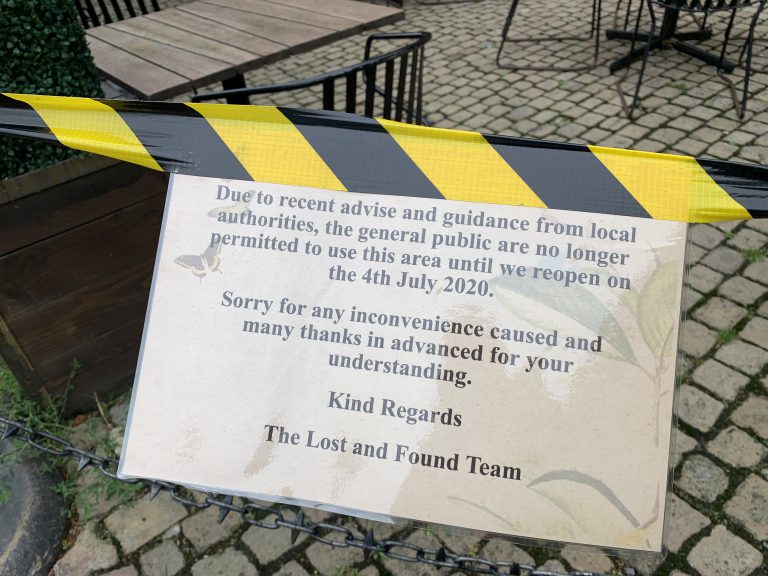All software projects must be thoroughly tested before they go live. No matter how thorough the planning and delivery process, there are always bugs and issues which need to be ironed out before launch. Of course, our thorough process means issues are hopefully minimised, but a good testing regime remains a key component of our delivery process.
There are various checks and balances that take place throughout the software development lifecycle covering everything from coding standards to user acceptance. Something as simple as ‘is that button where you expect it to be?’ makes all the difference in good bespoke software design. The ultimate goal is to ensure your technology helps you work more efficiently and serve your customers better, so your software has to play its part in enabling your teams to work well.
For this to be achieved, the value of testing cannot be underestimated. Quality assurance is an ongoing process to reduce the chances of issues arising whilst quality control involves identifying issues and ensuring they are addressed without impacting or derailing other parts of the project.
Most of our testing and quality checking takes place in-house. By building a picture of what good looks like, and thinking ahead at the design stage, we know how the software should look and behave, so can usually pick up any issues before the software is released for testing by a client.
That said, client testing is always an important part of the process. We are particularly keen to get the teams who will be using the software involved both in planning and testing. We want to avoid a situation where software is beautifully designed but doesn’t support real-life working practices. Using your teams to design, build and test your software means we understand at an early stage how systems need to work in practice which is often different to the theory, particularly when people have to work quickly and under pressure!
Throughout the development lifecycle we’ll have a simple reporting mechanism in place that allows users to highlight any issues they spot quickly and easily. Whilst we’ll have formal review sessions, and will specify certain tests we want to run, it’s equally important to give people free rein to pick up small changes – the colour of an action button, for example – so that these details don’t get overlooked. Equally, bigger changes can be identified early and addressed – leaving these things until later can impact the progress of the project and the ability to deliver to time and budget.
Throughout the software development process, we’ll provide regular quality assurance reports along with a record of changes implemented. When testing has highlighted issues that need to be addressed, we’ll instigate a retesting process to ensure the fix has been properly implemented. Whilst it can be tempting to assume you have put a fix in place, this should always be verified by users, particularly because a change in one area can impact another area.
Effective testing can save you time and money and should be seen as a standard part of the process. At the outset, it’s important to know that your software is unlikely to be perfect first time, but by building a good working relationship and the right testing regime, it’s possible to test without impact on the overall timescale of the project, or on people’s patience!
Of course, our goal is to provide you with software to test which is already is good working order, so you don’t need to worry that the testing process is unnecessarily onerous. It’s just part of the process and ensures we deliver quality software enhances your business and helps you achieve your growth goals.
For further information about our bespoke software development process, please get in touch.






